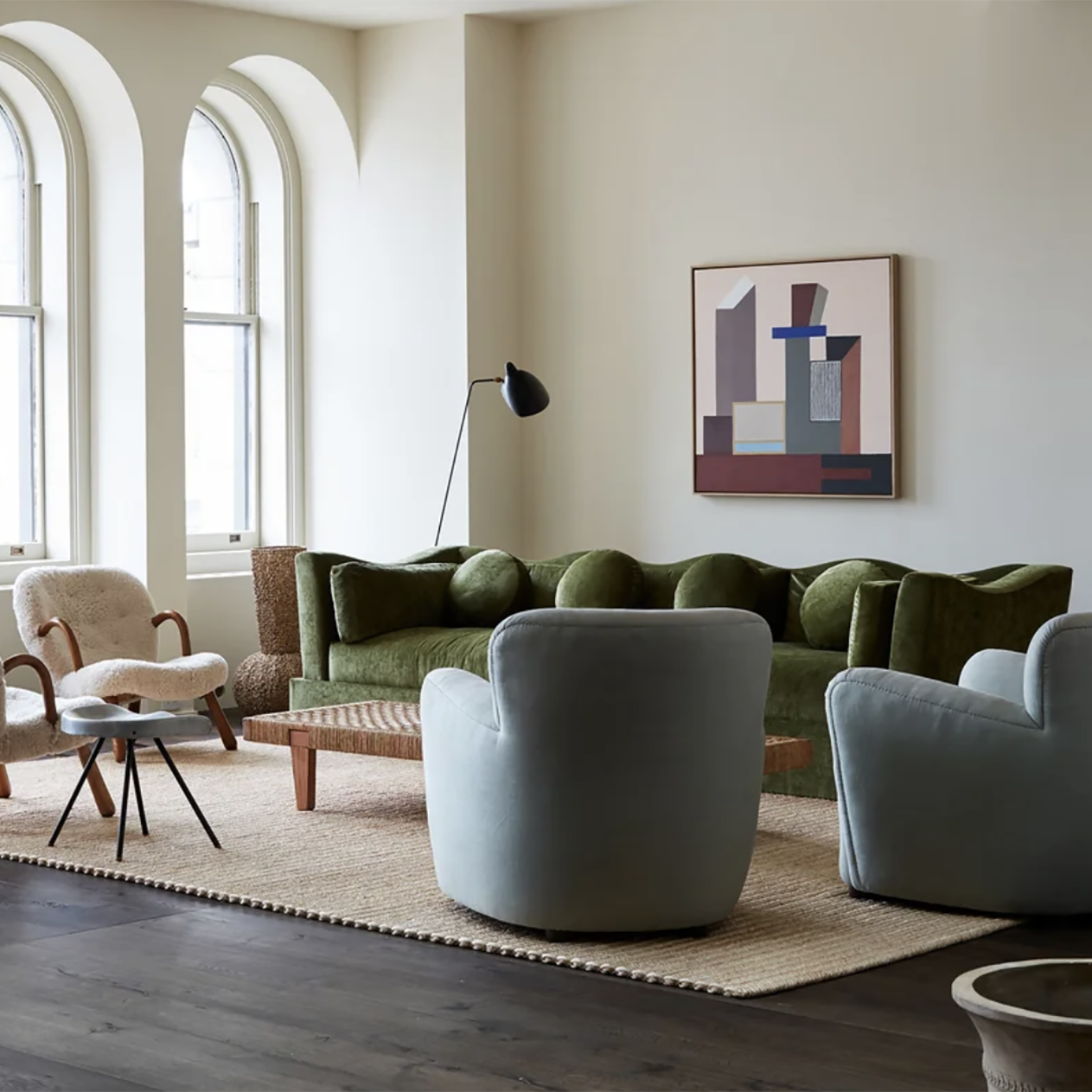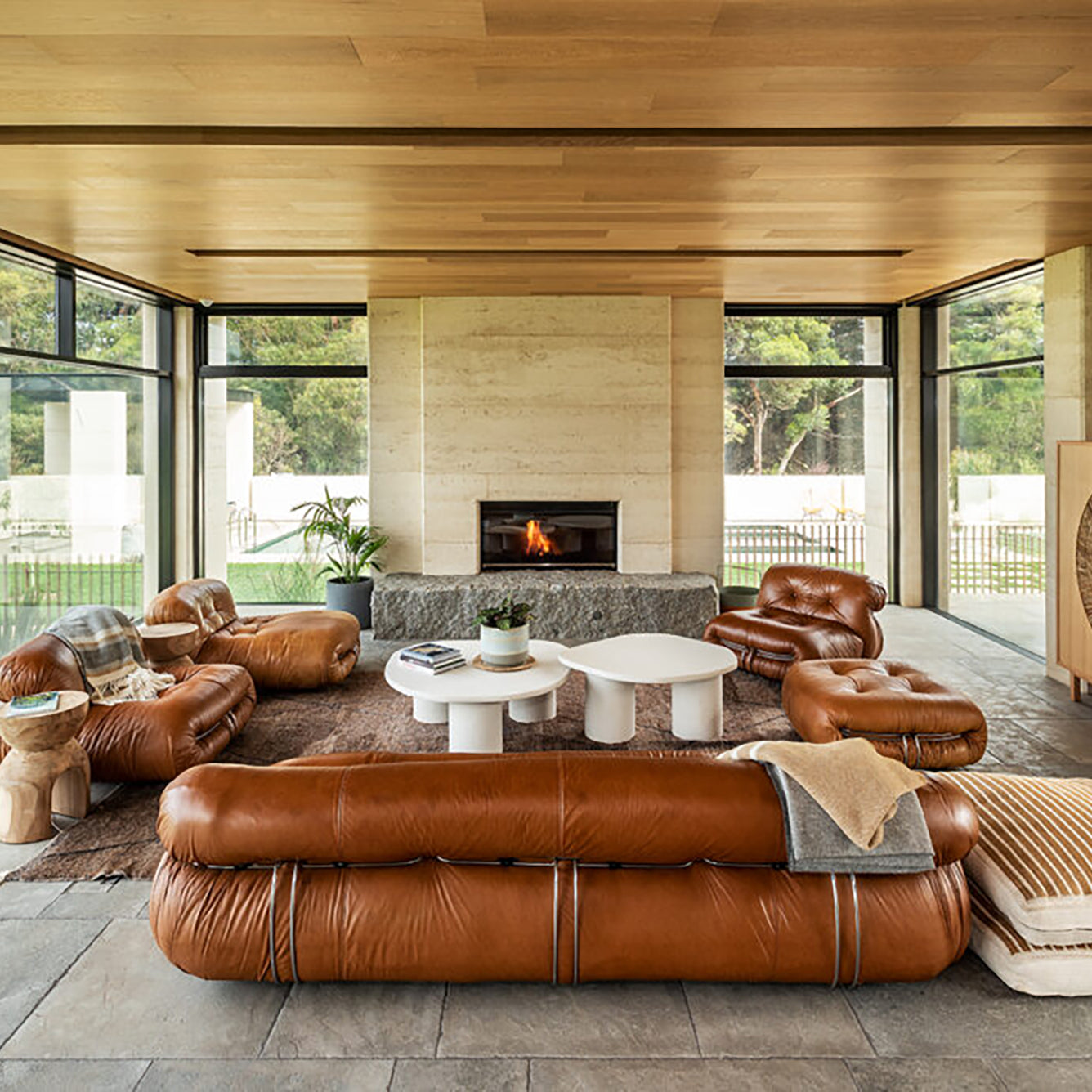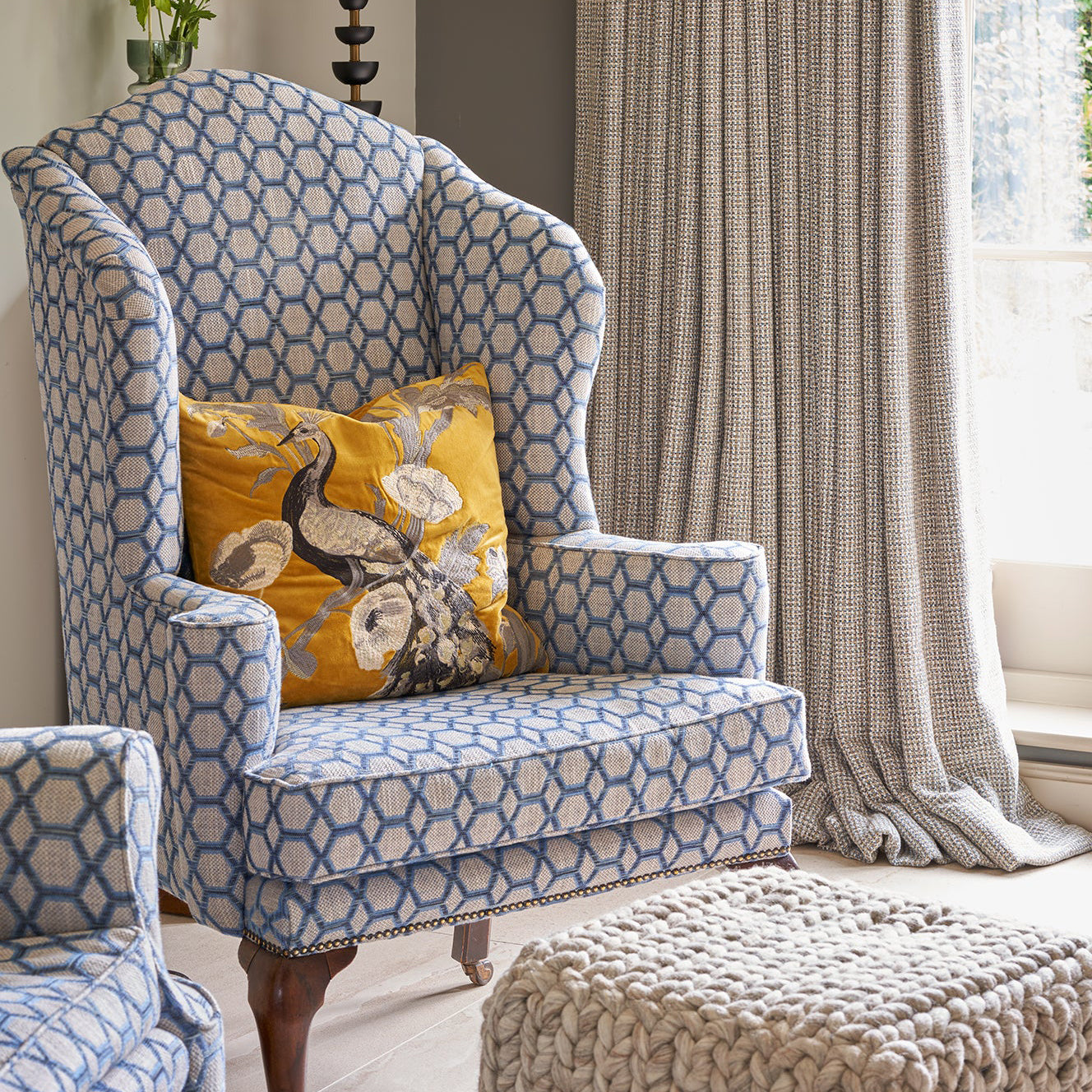MUSINGS, INSPIRATIONS, RECIPES, FEATURES & MORE
LATEST / INTERIORS INSPIRATION / COUNTRY & PERIOD HOUSE GUIDES / MUSINGS / SUSTAINABILITY / FEATURES / HEALTHY LIVING
HOW CAN SUSTAINABILITY AND THE CIRCULAR ECONOMY APPLY TO INTERIORS?

Sustainability is everywhere, on every agenda and impacts almost every aspect of our lives including most of the decisions we make even on a daily basis.
Where things come from and how they have been made is a primary consideration for many people. We are all becoming more informed and increasingly aware of what things are made out of, where they have come from, the impact they have on the planet and, in the case of disposal of items which are finished with, where they go. This is echoing through all aspects of our lives and has long been prevalent in house construction and the built environment, now it is making a strong statement in interior design as well.
CHANGING HABITS & FASHION
Remember that old-fashioned mantra of ‘make do and mend’. Most people can remember parents or grandparents who were thrifty and never threw anything away, they would repair everything and if they wanted to change the design of a room then they would use the pieces they didn’t want in a different part of the house or just fashion them into something else. Nothing was wasted, a sentiment that echoed down through the middle and later years of the 20th century from its wartime origins when everything was in short supply.
For the 21st century, the new mantra is ‘buy well buy once’ - single use anything is out of the window, metaphorically speaking! So how can you shop sustainably for your new interior and what should you do with the items you don’t want?
Here are some handy hints:
- Buy antiques, the original preloved concept with past owners going back decades before you
- Shop local, there are literally hundreds of small local businesses with miniscule carbon footprints making all manner of unique and diverse goods from the kitchen table or the garden shed, these can make your interior something no-one else will have…its ‘not on the high street’ and then some
- Choose natural products which have been ethically sourced and produced - it’s no coincidence that natural plasters, paints and textiles provide some of the best and most aesthetically pleasing interiors
- If you are purchasing from larger companies then task your interior designer with some homework to find out where these retailers source their goods from and how they are sent, what type of packaging they use and whether they have a sustainability policy which is clearly displayed on their website - there are some serial offenders out there sending tiny items in huge boxes and worse. Shop organic, shop sustainable - try and prioritise ethical businesses, there is a rich vein of organisations and individuals who are busy making and promoting sustainable products or who are recycling and even creating items from waste materials, they are out there
- If you are buying new, then invest in something really well made that will last the course, an item which can become a treasured family heirloom or even an antique of the future.
TRICKS OF THE TRADE
- Recycle and upcycle, there are lots of websites like Freecycle where you can find goods free of charge to use for your interior project or which you can refurbish and revitalise to suit your own tastes. If you don’t have time, then find a local business doing just that
- Learn some simple DIY skills like stripping and polishing furniture or push the boat out and take a course in textiles or upholstery. Talk to your interior designer about specialist options like recovering your favourite sofa or changing and stripping down items to reinvent furniture that you are tired of. It's no coincidence that there has been a rash of new television series about repairing and restoration with specialist professionals, it’s a trend that your interior designer will be very familiar with
- Make your own cushions or curtains or find a seamstress in your area to do it for you - it is the lowest carbon footprint to shop local
- Arrange swap sessions via social media where you can swap something you don’t want or an item you have made if you have a craft skill for something else that you want for your interior design. Form a local interiors group where you can all swap items and creative ideas
- Sustainability helps the planet and reduces waste and carbon emissions but if that wasn’t a big enough win, where interiors are concerned, green and eco-friendly practices will also produce a result that is completely unique and bespoke to your home. Then there is just the sheer joy of living with items be they furniture or textiles which have been made or refurbished from your own creative vision, it’s hard to imagine the increase in pleasure this can bring to your interior until you have experienced it. Your chosen designer will have access to local, artisan businesses and can breathe life into your dreams with lots of options you may not have even thought of.
CHANGING ROOMS
Pieces of furniture or other items that are redundant can be upcycled or recycled in your home or someone else’s. Why not donate to a charity shop many of which will take even large items of furniture so someone on a low or no budget can make good use of it? Or use one of the many free and upcycle sites online and choose somewhere local so your pieces don’t have far to travel. It’s not so much ‘out with the old, in with the new’ rather ‘out with the single use, in with the sustainable’ and a good designer can help you achieve this.
Enjoy the new and unique interior you crave but with the added dimension of an ethical and sustainable profile.




